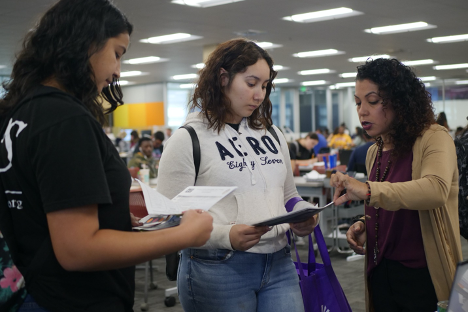
October is Dropout Prevention Month, highlighting the importance of increasing graduation rates, not just for the quality of life for teens who have no direction, but the dramatic impact it has on society. Dropping out means that these young people are ineligible for 90 percent of jobs, 31 percent live in poverty and 40 percent of female dropouts give birth in their teens. Beyond the impact on the students themselves, society pays $292,000 in increased costs over the lifetime of each dropout. It is critical to break the dropout cycle, since children of dropouts are far more likely to drop out.
FLEX High Schools find that October tends to be the month when kids start dropping out. By this time in the school year, they have fallen behind their classmates with no hope of catching up – especially this year with distance learning.
“Many young people have needs that exceed the capacity and intention of traditional schools, but that doesn’t mean these students don’t have value, intelligence and promise,” said Caprice Young, national superintendent. “They need an education explicitly designed to meet their individual needs and situations. That’s what we do at FLEX. Our unique model blends one-on-one attention, tutoring, small group instruction, experiential learning and independent study.”
Because FLEX can enroll students anytime throughout the year, there is no waiting for the new semester or school year to start. Teachers and counselors assess each student to determine why they have become disillusioned with school. Then a personalized program is developed that is flexible and infused with trauma-informed practices. “We offer experiential learning and job skills training which help keep the students engaged and motivated,” Young added. “
